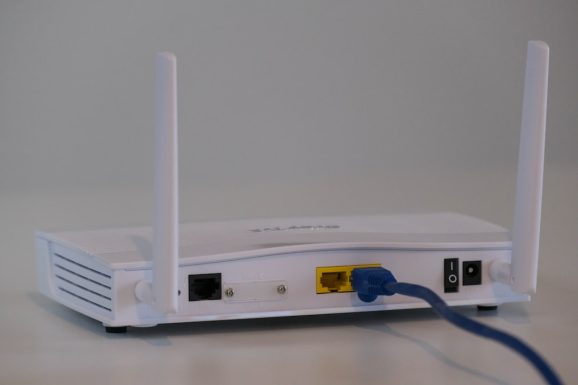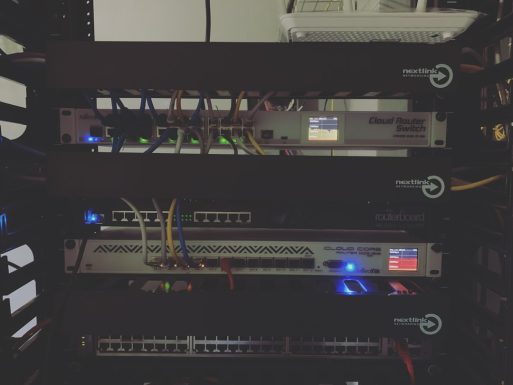In today’s hyperconnected world, having a reliable WiFi connection is vital. Whether you depend on it for remote work, streaming media, e-learning, or smart home automation, poor WiFi performance can lead to frustration and reduced productivity. Yet, many users continue to rely on guesswork rather than clear metrics and tools to assess their network’s health. It’s time to stop guessing and start tracking your WiFi performance with precision and clarity.
Why WiFi Performance Matters
All Heading
WiFi isn’t just about speed—it’s about reliability, coverage, latency, and capacity. An internet plan that promises high speeds is of little use if the signal doesn’t reach your work desk or frequently drops during video calls. Tracking lets you pinpoint the exact weaknesses in your setup and make informed decisions rather than trial-and-error adjustments.
When you monitor your WiFi performance effectively, you can:
- Identify weak signal zones
- Determine if your router is overburdened
- Spot interference from other devices
- Validate whether you’re getting the speeds you’re paying for
- Troubleshoot connectivity issues intelligently
By leveraging modern tools and methods, users can take control and dramatically improve their internet experience at home or in the office.
Common Causes of Poor WiFi Performance
Before diving into how to measure performance, it’s important to understand what might be causing your issues. Some common culprits include:
- Physical obstructions: Walls, floors, and even furniture can weaken WiFi signals.
- Interference: Devices like microwaves, cordless phones, and Bluetooth speakers can disrupt your signal.
- Router placement: A poorly positioned router can limit the range and reliability of your connection.
- Device congestion: Multiple devices using the network simultaneously can cause slowdowns.
- Outdated equipment: Older routers may not support the latest WiFi standards and speeds.
Key Metrics to Track
To properly assess your WiFi performance, you need to look at specific metrics that provide a comprehensive picture of your network’s health:
- Signal Strength (RSSI): Measured in dBm (decibels milliwatts), this indicates how strong the signal is at a given location.
- Speed (Bandwidth): Typically measured in Mbps, this tells you how fast you can download or upload data.
- Latency (Ping): This measures the time it takes for data to travel from your device to the server and back, essential for gaming and video calls.
- Jitter: Variability in latency, which can disrupt streaming and real-time communication.
- Packet Loss: Indicates whether data is being lost in transit, which can cause noticeable disruptions in your connection.

Tools to Help You Track WiFi Performance
Good news: you don’t need to be a network engineer to monitor your WiFi performance. Several tools—both free and paid—can give you valuable insights:
1. Speed Test Tools
Sites like Speedtest.net or Fast.com are popular for checking current bandwidth. However, for more consistent monitoring, consider apps like:
- NetSpot (Windows/Mac): Excellent for performing heat maps and finding dead zones.
- WiFi Analyzer (Android): Visualizes the strength of surrounding networks.
- Ekahau HeatMapper (Windows): For charting signal strength across different rooms.
2. Router Dashboards
Many modern routers offer administrative dashboards that provide essential metrics with filtering options. Brands like ASUS, TP-Link, and Netgear include real-time performance graphs and device management tools.
3. Mesh System Apps
Fancy mesh systems like Google Nest WiFi, Eero, or TP-Link Deco provide dedicated apps that include signal quality diagnostics and live traffic monitoring. These are useful for larger homes and setups with many devices.
How to Conduct a Thorough WiFi Audit
Once you have the right tools, conduct a comprehensive WiFi audit to understand performance across your space.
- Map out zones: Walk through different areas in your home or office with a signal mapping app to detect weak spots.
- Measure speed at different times: Test the connection during peak and off-peak hours to spot usage patterns or bottlenecks.
- Check connected devices: Use your router’s dashboard to see how many devices are connected and how much bandwidth each consumes.
- Log results: Keep a simple digital log or chart to compare metrics over time. This can reveal gradual performance declines or the impact of any changes you make.
How to Improve Your WiFi Network
After discovering the weaknesses in your WiFi setup, it’s time to take action. Here are some proven ways to boost performance:
- Reposition your router: Place it in a central, elevated position, away from obstructions.
- Upgrade your equipment: Consider newer routers that support WiFi 6 or mesh systems for large homes.
- Change frequency bands: Use 5GHz for higher speeds in close range and 2.4GHz for broader coverage.
- Limit bandwidth hogs: Set device prioritization or quality of service (QoS) rules for specific applications or users.
- Reduce interference: Keep other electronic devices at a safe distance from the router to minimize signal drop-off.

When to Call a Professional
If you’ve tried all the above and your network performance still isn’t where it should be, it might be time to call in a technician. Certified IT specialists can perform deep-level diagnostics, install professional-grade access points, and ensure your network is both fast and secure.
Embrace Data-Driven Networking
Gone are the days when you had to walk around your home hoping to “catch a better signal.” WiFi tracking empowers you with data—real insights that take the guesswork out of connectivity. By understanding what’s happening behind the scenes of your network, you not only solve current issues, but also future-proof your setup for upcoming tech demands and multiple connected devices.
Remember: just as you wouldn’t ignore your car’s dashboard warning lights, you shouldn’t ignore the signs of a struggling WiFi network. With the right tools and a methodical approach, you’re only a few steps away from consistent, fast, and reliable wireless internet.
Stop guessing. Start measuring. Unlock the full potential of your WiFi today.













Recent Comments